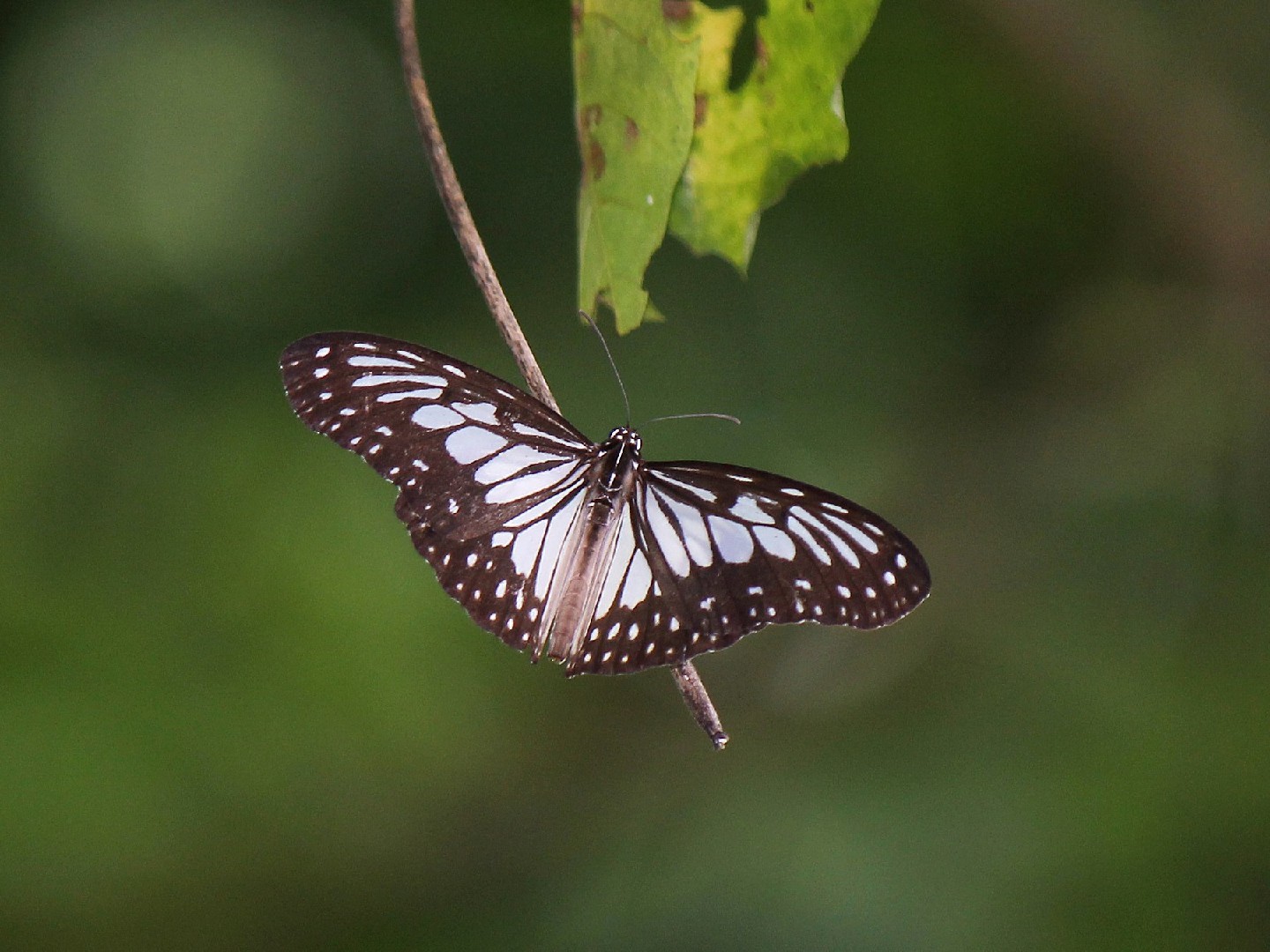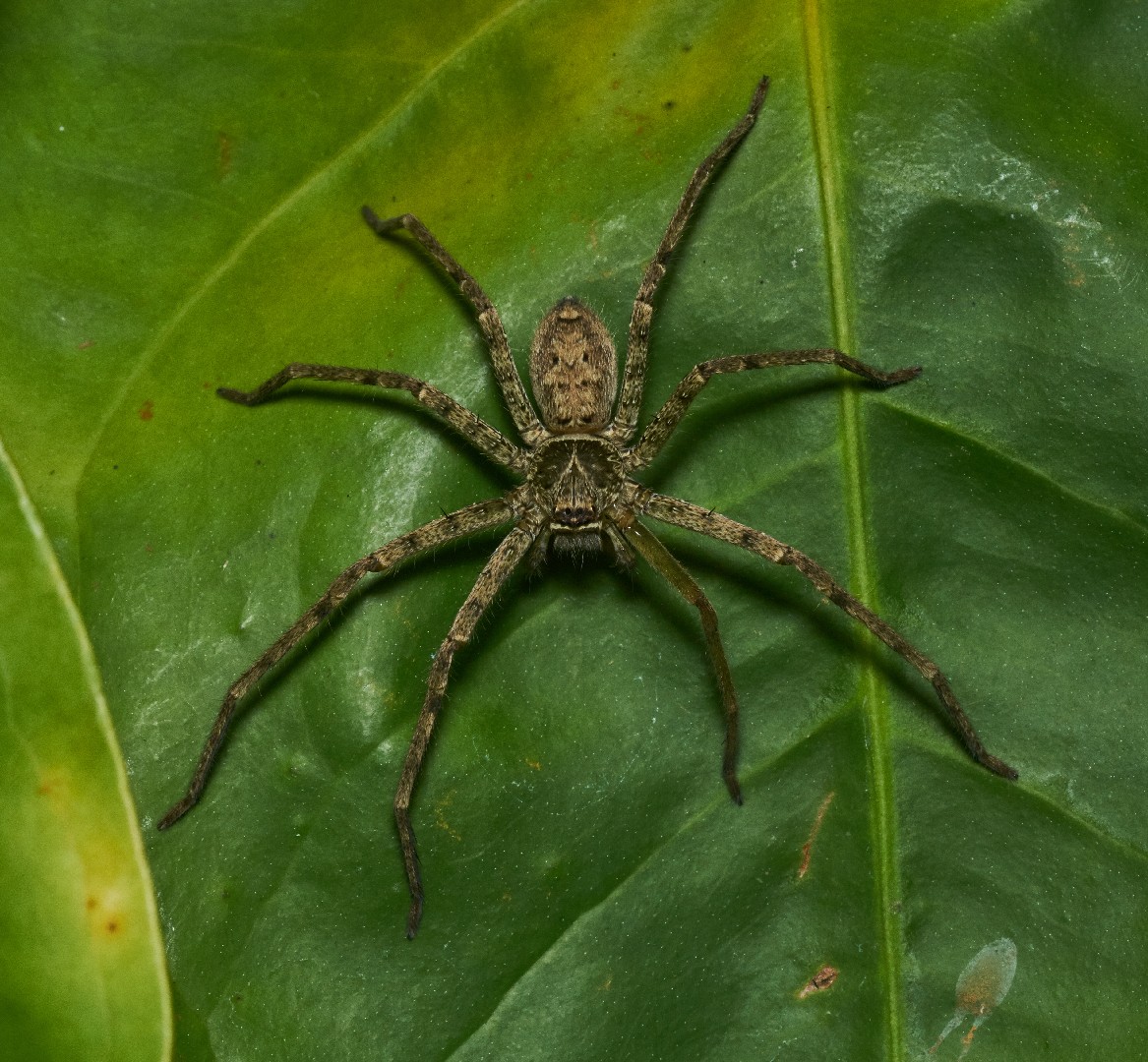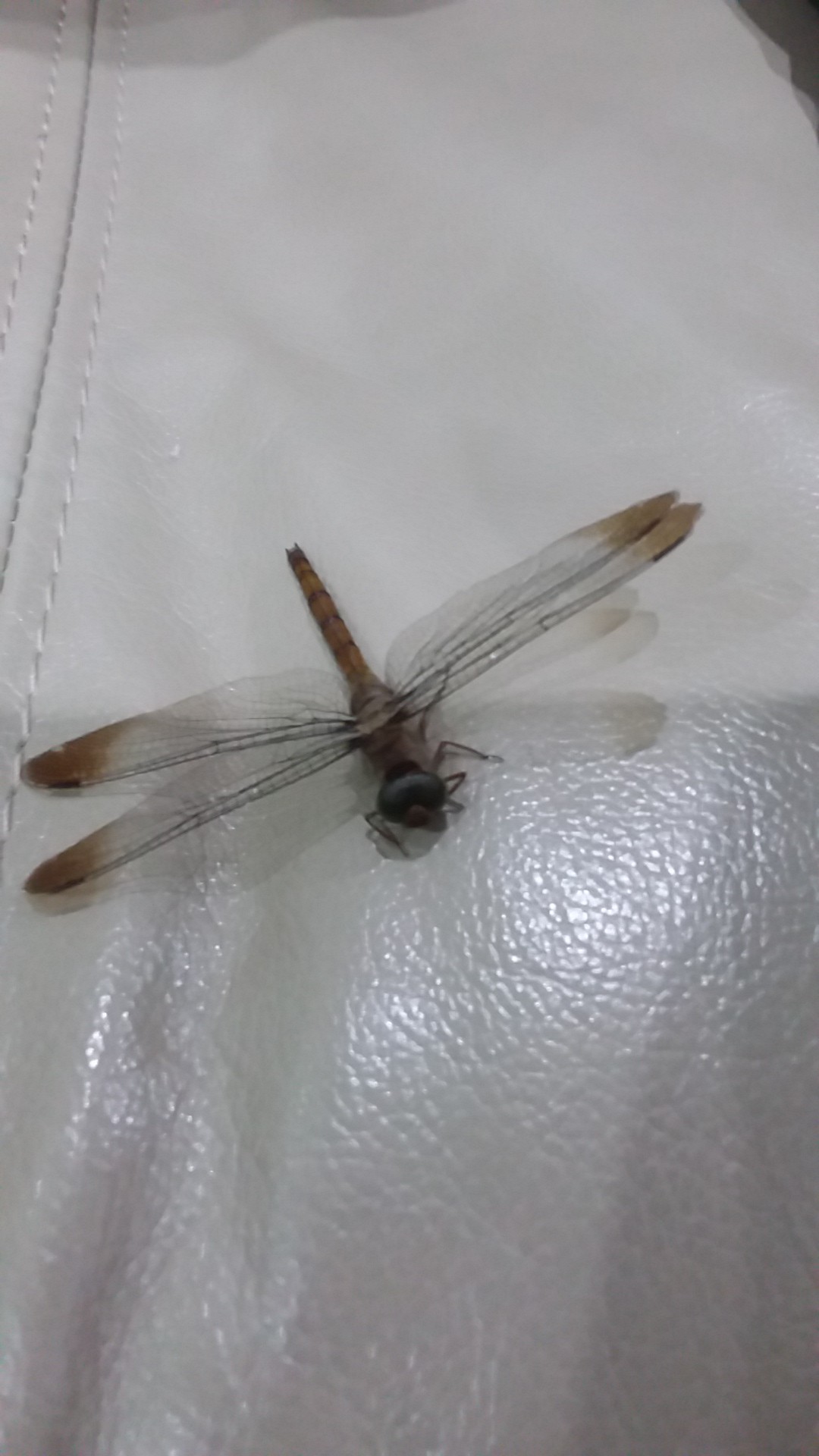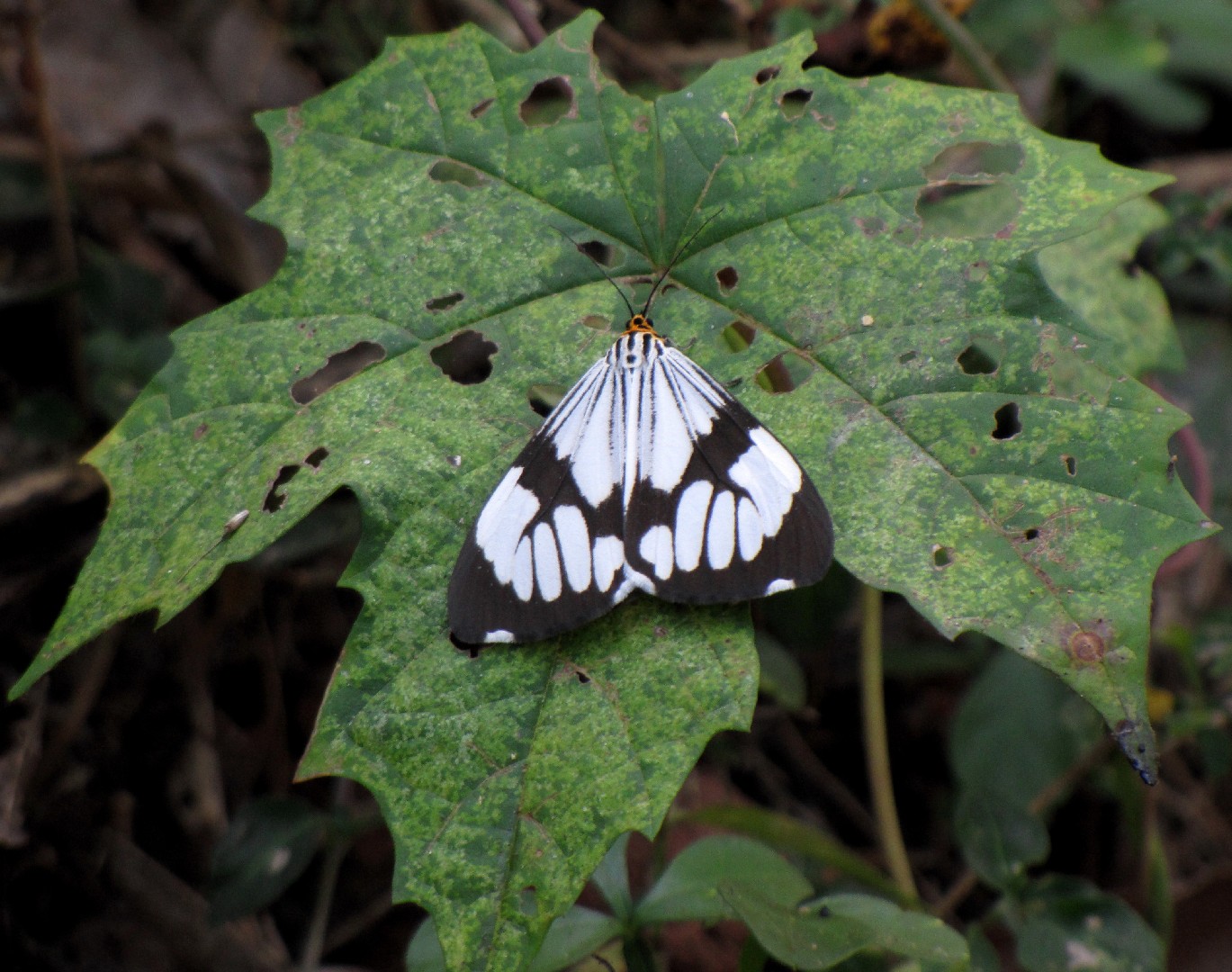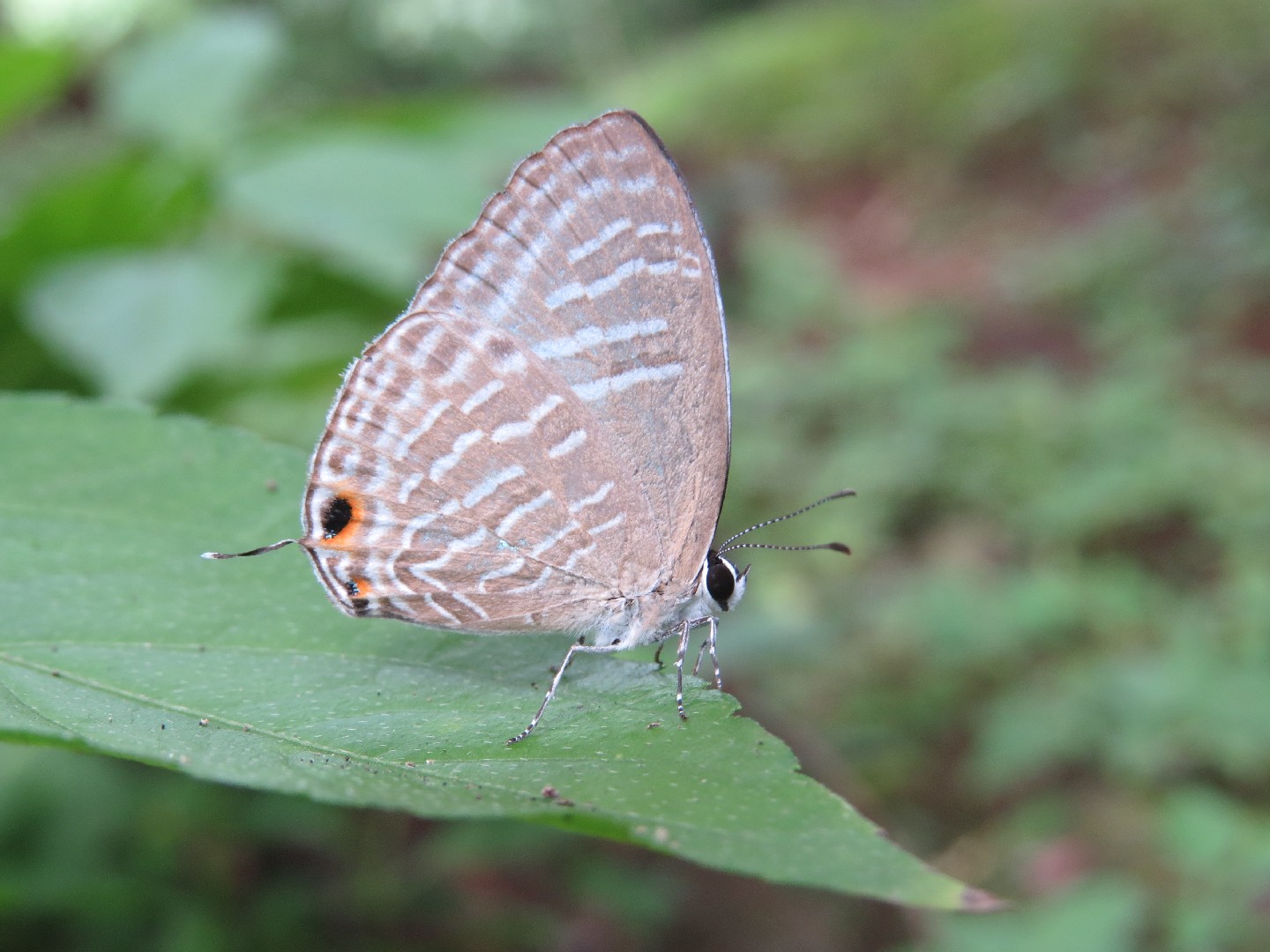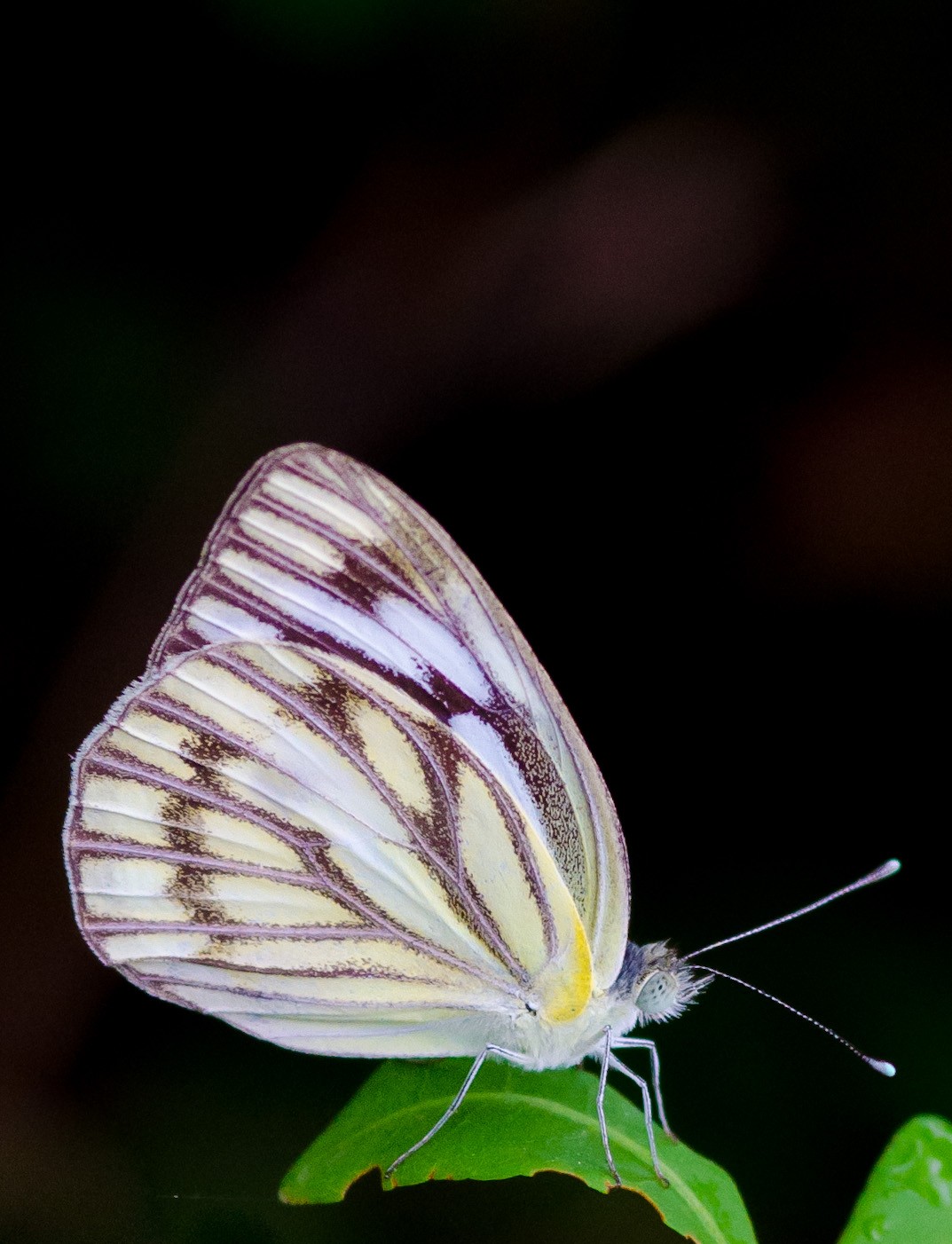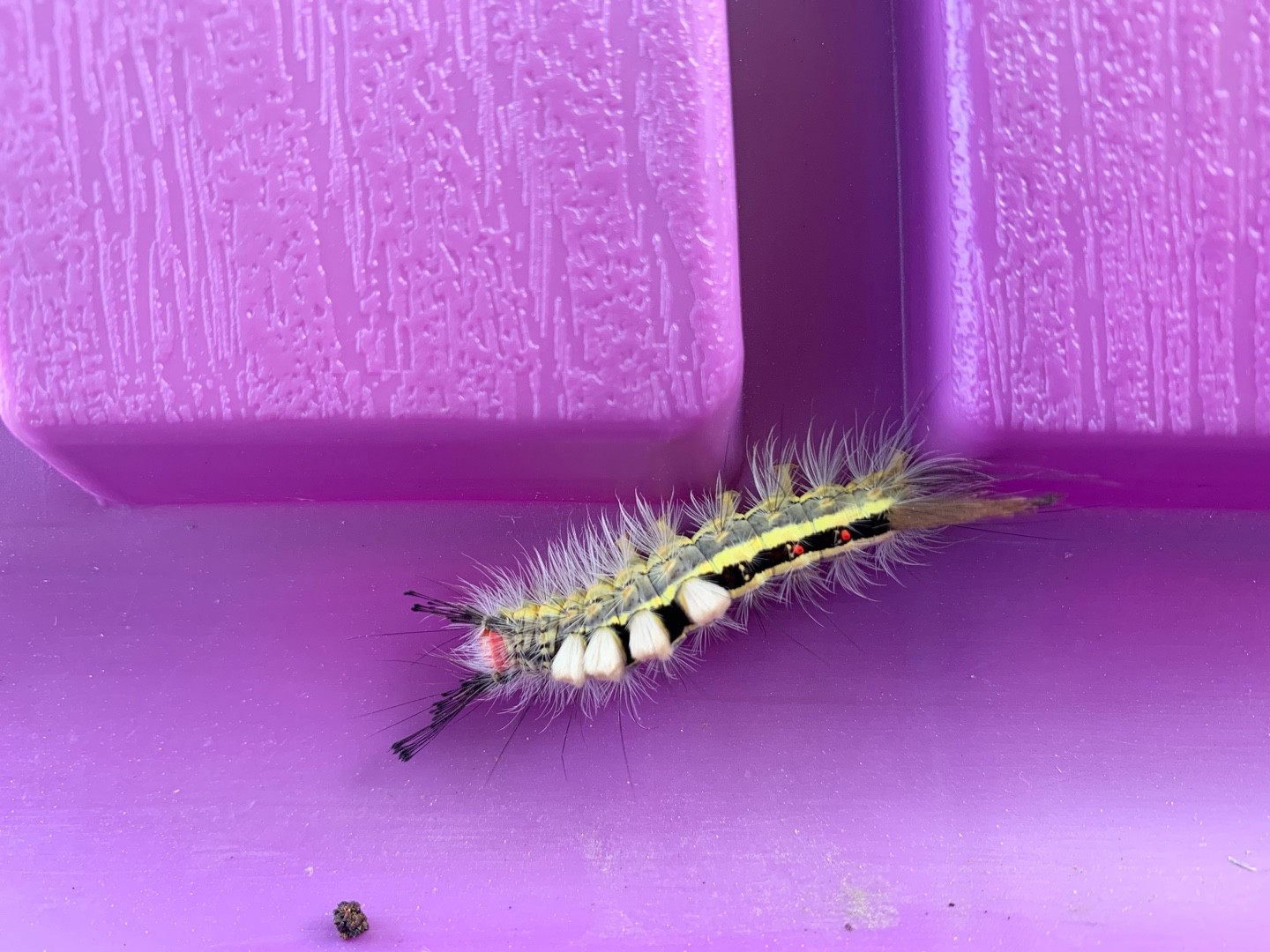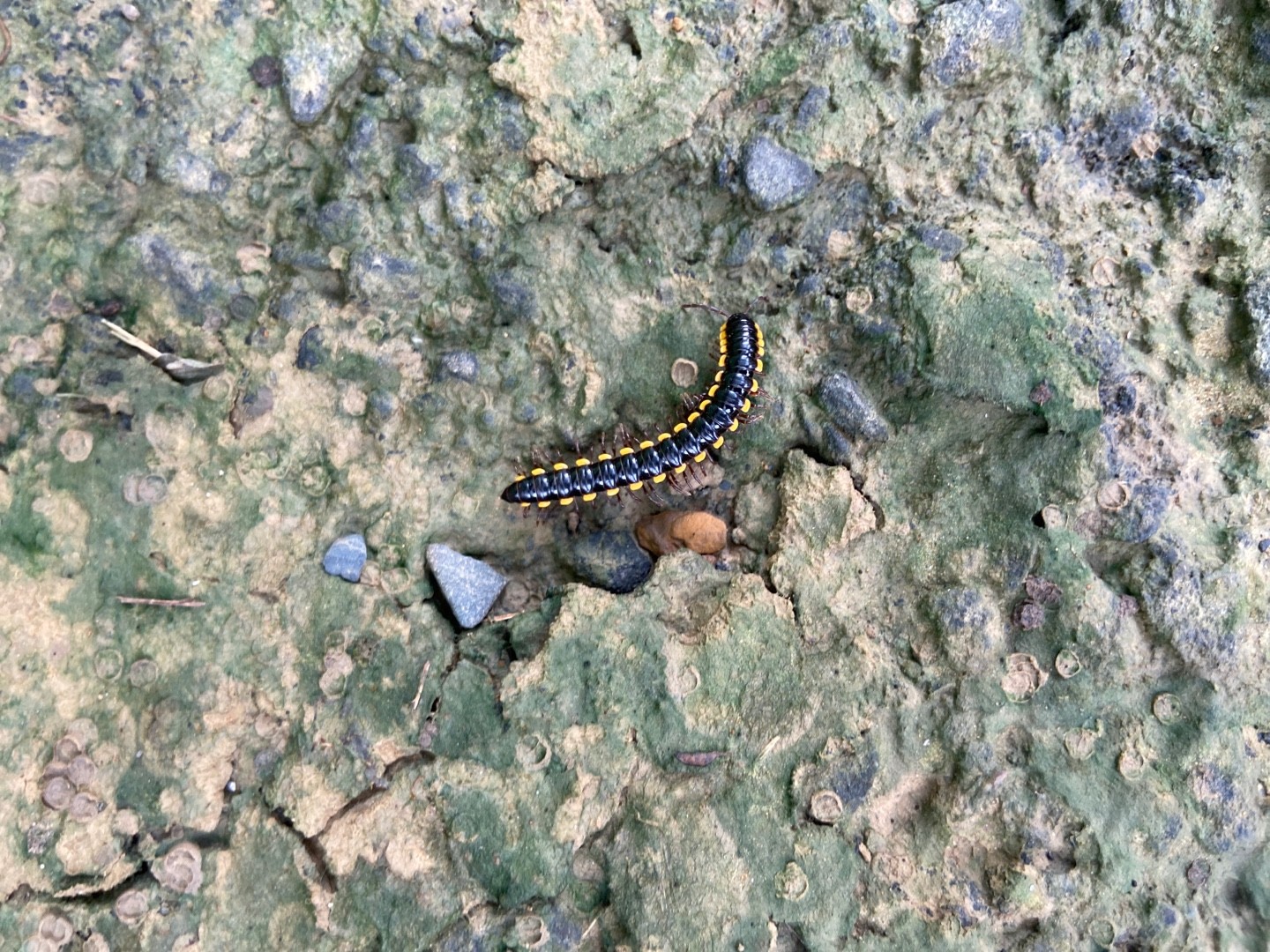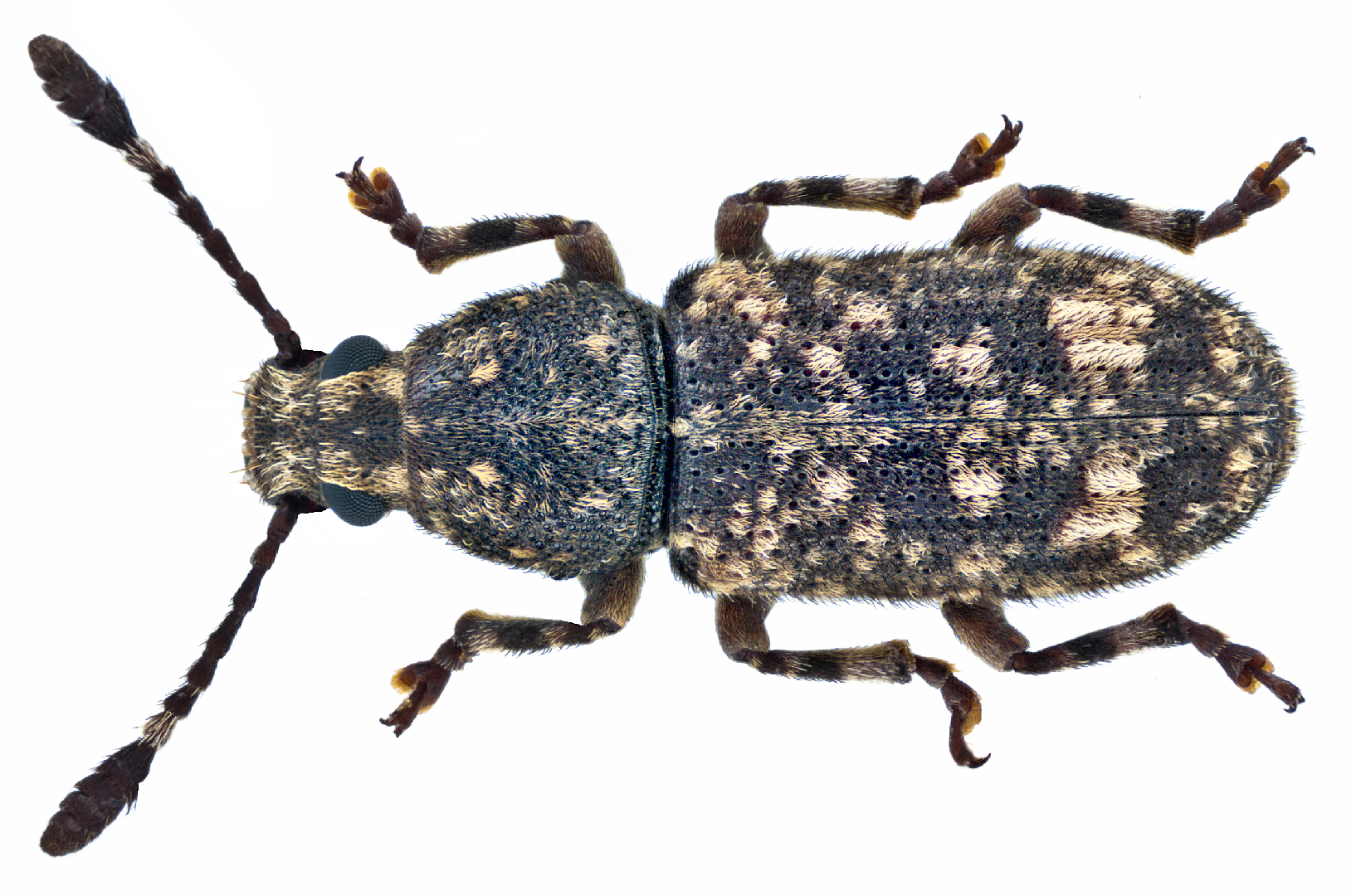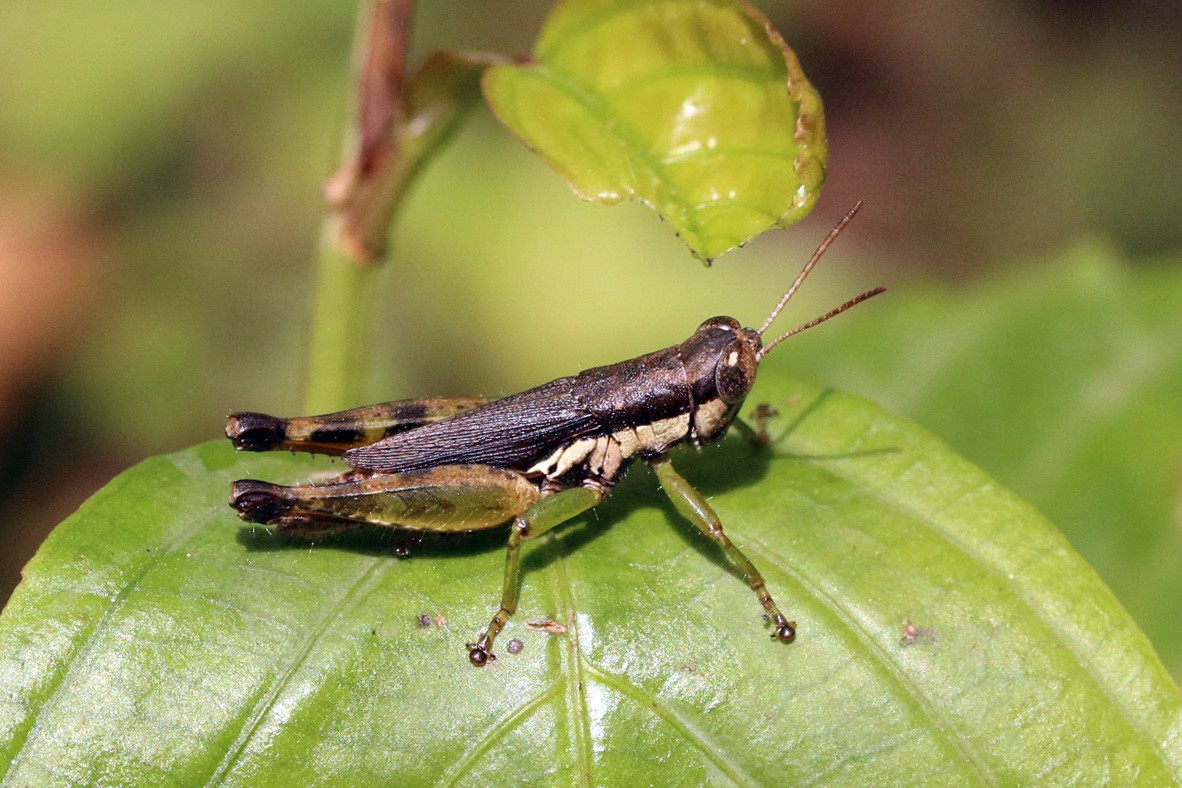Top 20 Most Common Insects in Manila
Welcome to our journey exploring the 'Top 20 Most Common Insects in Manila'. Insects, known for their exoskeletons and unique habitats, thrive abundantly within Manila. The region's diverse geographical characteristics significantly influence the insect populace, offering an interesting array of macroscopic life forms. These creatures, both beneficial and disruptive, play crucial roles in maintaining the ecological balance of Manila. Join us as we delve deeper into the fascinating world of these small but significant wonders of nature.
Most Common Insects

1. Weaver ant
The weaver ant can be found in silk-woven nests in the foliage of Southeast Asia and Oceania. These ants have a painful bite and prey on other small insects. Larvae have many uses for local regions, including being a popular fishing bait and a good choice of bird food.
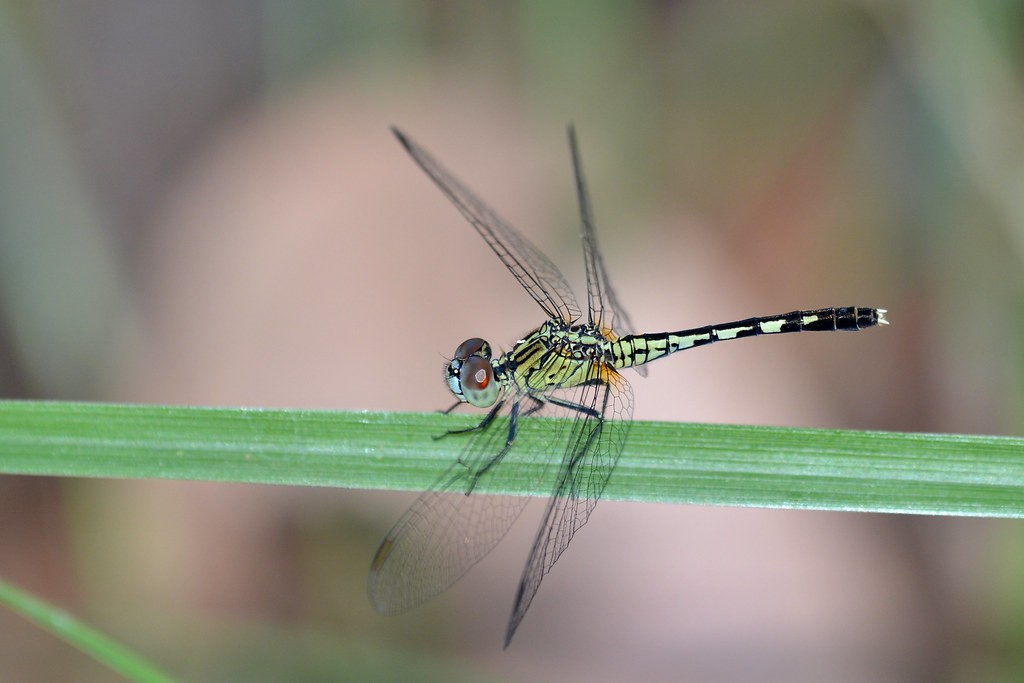
2. Green skimmer
Orthetrum serapia is a medium-sized dragonfly with a wingspan of 60-85mm. Its wings are clear except for a small dark spot at the base of the hindwing. The thorax is greenish to greyish yellow with black markings. The abdomen is black with pale yellow or pale green markings. Orthetrum serapia appears very similar to Orthetrum sabina and can be confused where the range of the two overlap in north-eastern Australia. 
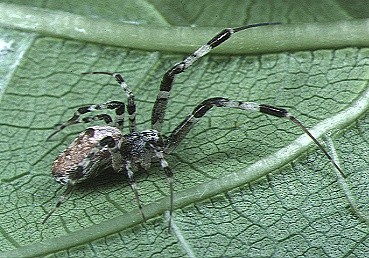
3. Banded-knees house spider
Zosis geniculata sometimes referred to as the humped spider or grey house spider, is a cosmopolitan species with a pantropical distribution. In Australia, it is often seen in buildings near human habitation. 
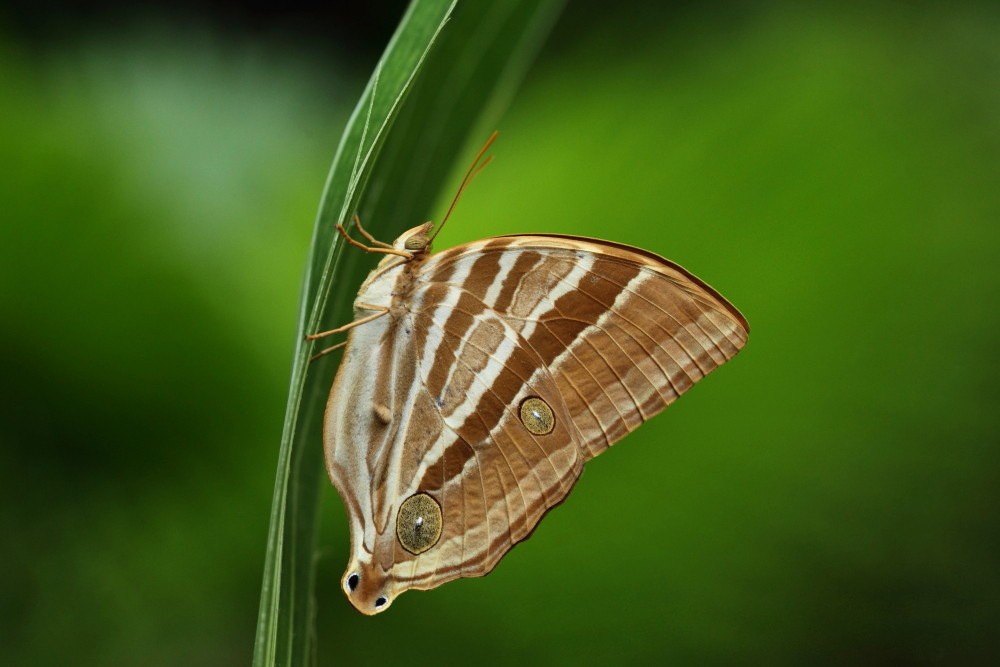
4. Palm king
Male: upperside umber brown. Forewing with the costal margin narrowly fulvous (reddish brown) near apex, crossing towards the termen, forming an obscure preapical band joining a subterminal lunular band of the same colour. Hindwing uniform, with a subterminal band as in the forewing but not lunular, straight. Underside pale brown, with the following transverse pale lilac-white bands crossing both forewing and hindwing: basal, subbasal, discal, postdiscal, broad subterminal and terminal; the subbasal and discal of equal width, meeting above the tornal angle in V-shape, the space between the two bands with, on the forewing, two shorter similar bands crossing the cell, on the hindwing a single similar band from costa to median vein; subterminal band on hindwing bent upwards above tornal area and continued halfway up the dorsal margin, the broadly-produced tornus with a dark brown spot; finally a large ochraceous ocellus in interspace 2, and a smaller similar one in interspace 6. Antennae reddish; head, thorax and abdomen umber brown. Secondary sex-mark a glandular fold in membrane of wing shaded by tufts of long hair along vein 1 on upperside of hindwing, and preapically on the abdomen with tufts of stiff long hairs. Female: Upper and undersides as in the male but paler; on the upperside the fulvous along the costal margin widens into a preapical patch, and generally the bands on the underside show through and appear above as pale fulvous bands.Wingspan: 11 - 12 cm .Eggs: The freshly laid eggs are creamy white with a small black spot in the centre and a black circular ring. The eggs are laid in a row. At Thenmala, the observer saw two rows, the first having 15 eggs and the second 3 eggs. Prior to hatching, the colour of the egg changes to black. Larvae: The first instar larvae are cylindrical, measuring 0.6 - 0.8 mm in length. The second instar larvae are pale greenish yellow measuring 0.8 - 1.2 mm in length. The third instar larvae are morphologically very similar to the previous instar, but are longer ( 3 - 4 cm ) and stouter. The fourth instar larvae are stouter and longer measuring 4.5 - 5 cm . During the fifth instar, the larvae become more brownish than greyish and measure 7 - 8 cm in length. Larvae of the palm king are voracious feeders. Most of the time, they remain on the underside of the leaf, eating from the tip of the leaf working towards the base. With regard to coloration, the fifth instars show marked difference in their ground colour: some being more brownish and some more greyish. Pupa: The process of pupation takes about half a day and resulted in a greenish spindle-shaped pupa, well-camouflaged among the pointed leaves of the host plant. Initially, they are semi-transparent but later they become more opaque. The pupa has veins and lines similar to that of the leaves of the host plant, all veins ending at the pointed lower end of the pupa. The pupa becomes transparent on the eve of hatching, with the wings and head clearly visible. 
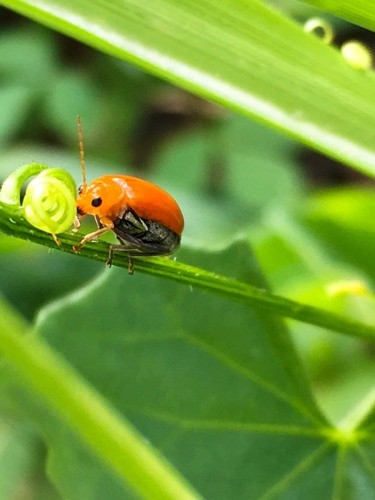
5. Cucurbit beetle
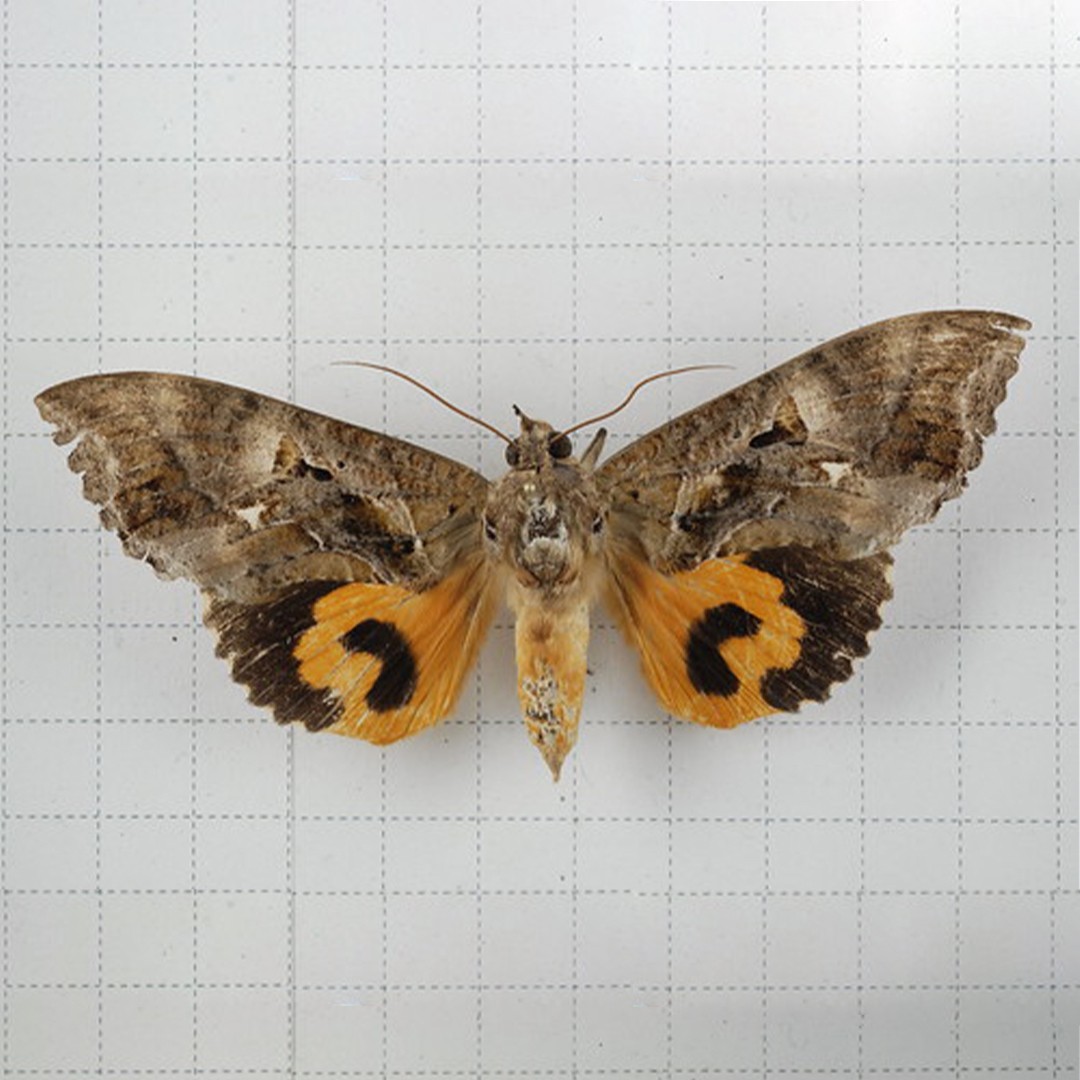
6. Common Fruit-Piercing Moth
The wingspan is about 80–94 mm in male. Palpi with third joint long and spatulate at extremity. Forewings with non-crenulate cilia in male, crenulate in female. Head and thorax reddish brown with plum-color suffusion. Abdomen orange. Forewings reddish brown, usually with a greenish tinge and irrorated with dark specks. An oblique antemedial line present, which is generally dark and indistinct but sometimes pale and prominent. Reniform indistinct. A curve postmedial line found, which is almost always met by an oblique streak from apex. Hindwings orange, with a large black lunule beyond lower angle of cell. There is a marginal black band with cilia pale spots runs from costa to vein 2. Ventral side of forewings with orange postmedial band. The wingspan is about 90–110 mm in female. Female has much more variegated and dark reddish brown striated forewings. Reniform dark and sending a spur along median nervure to below the orbicular speck. There is a triangular white mark usually present on the postmedial line below vein 3. Larva has dilated 11th somite and surrounded by a tubercle. Body purplish brown, where dorsum brown from 6th to 11th somites. Legs red and spiracular scarlet patches largest posteriorly and with some irregular white markings round them, on somite 9 in the form of an oblique white bar. There is a yellow sub-basal mark found on 4th somite. Fifth and sixth somites have black ocelli with yellow iris and white pupils. Two yellow patches can be seen on 11th somite. The adult is considered an agricultural pest, causing damage to many fruit crops by piercing it with its strong proboscis in order to suck the juice. Attempts have been made to control them using baits for the adults, egg parasites and larval parasitoids. 
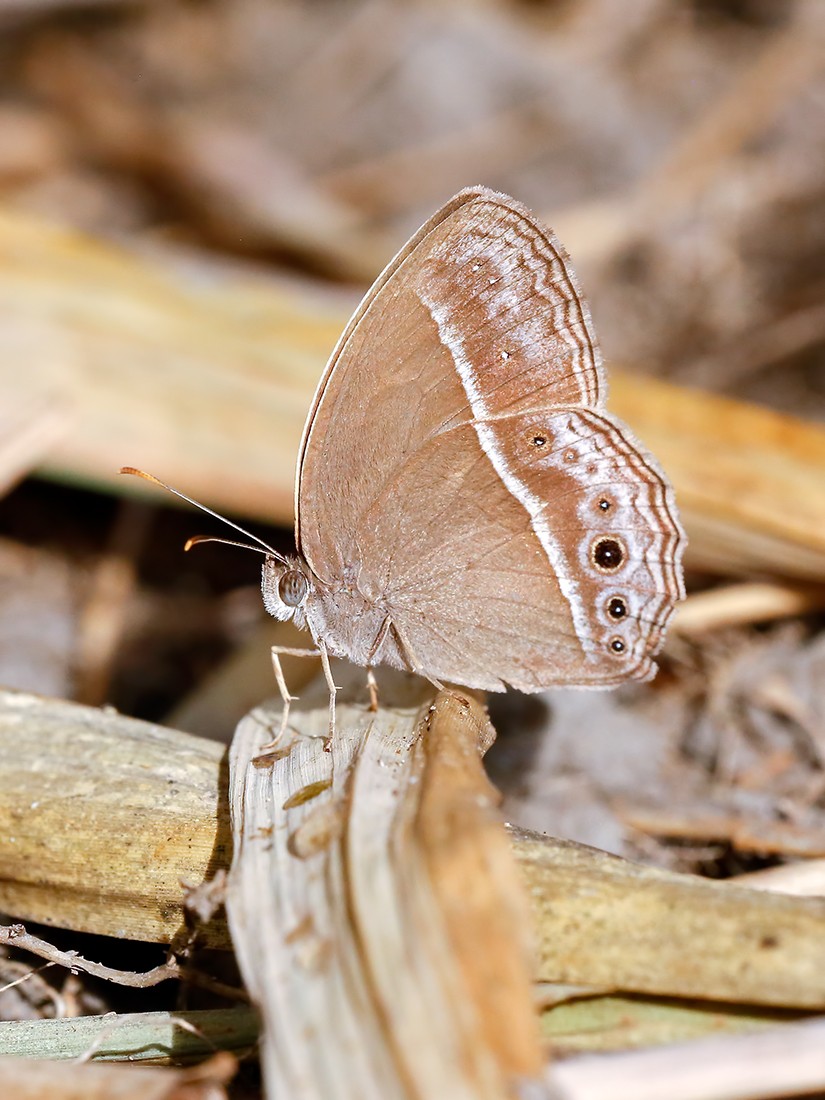
7. Pachmarhi bushbrown
This form closely resembles M. mineus, in both wet- and dry-season specimens. As in that form, the disposition of the ocelli on the underside of the hindwing separates it from M. perseus. From M. mineus it differs in the male sex-mark on the underside of the forewing, which is longer, broader, and ochraceous brown, not black in colour. From Kathlekan, in Mysore, there is in the British Museum Collection a series of what I take to be a variety of this form. The specimens (all males) belong to the dry-season form. They are uniformly smaller than typical perseoides, and differ on the upperside of the forewing in the very broad pale iris surrounding the median ocellus, and on the underside of the same wing in the margin of the darker basal portion of the wing being prominently concave just above the dorsal margin. The male sex-mark on the underside of the forewing is larger than that of M. mineus but resembles it in colour. I have been unable to separate even as a variety M. intermedia, Moore, from M. perseoides, Moore. 
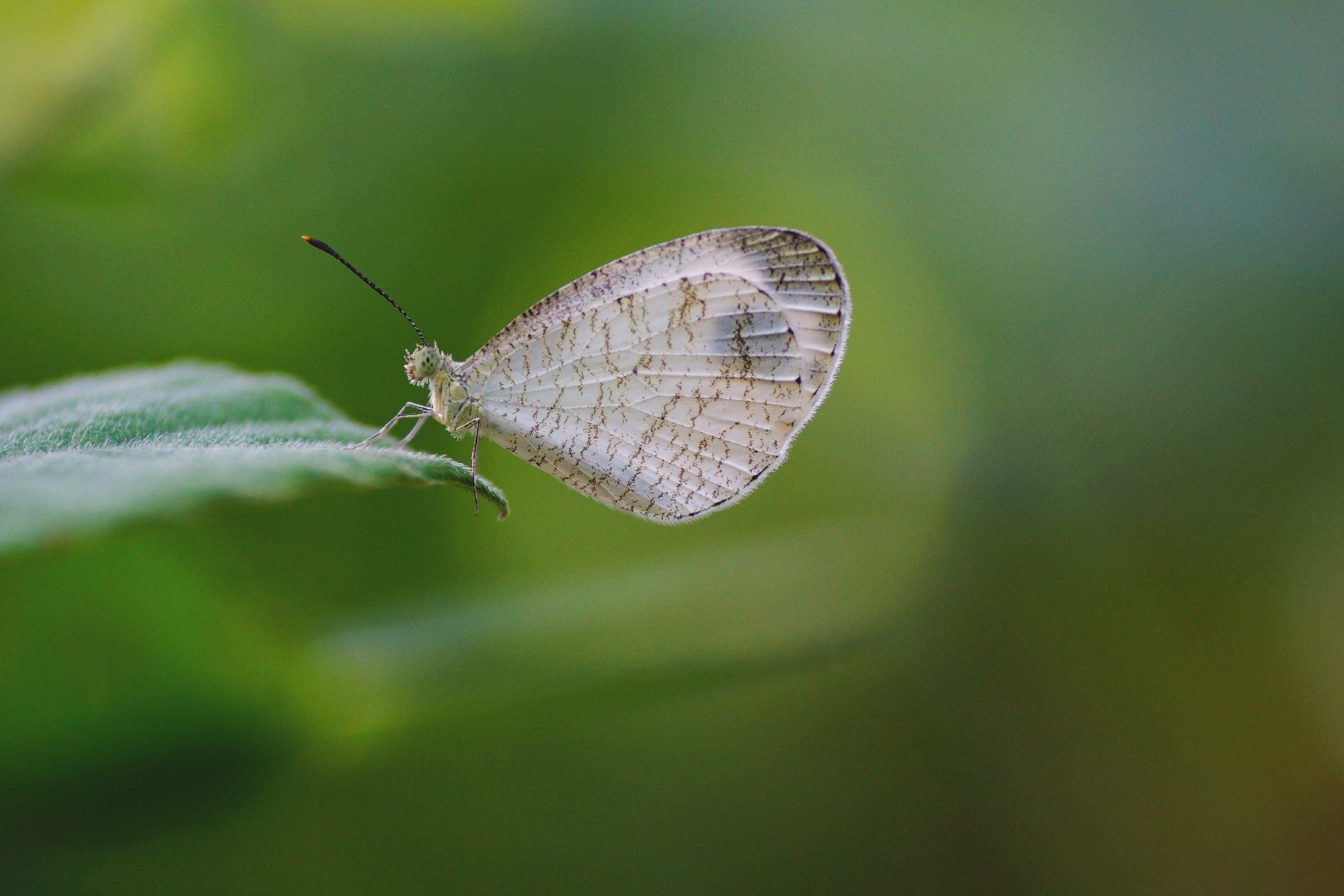
8. Psyche
Upperside is white,base of wings are very slightly powdered with minute black scales.The costa of forewing is speckled obscurely with black; apex black, the inner margin of this inwardly angulate; a very large somewhat pear-shaped post-discal spot also black. Hindwing is white,in most specimens an obscure, extremely slender, terminal black line. Underside is white; costal margin and apex of forewing broadly, and the whole surface of the hindwing irrorated (speckled) with transverse, very slender, greenish strigae and minute dots; these on the hindwing have a tendency to form sub-basal, medial and discal obliquely transverse obscure bands; the postdiscal of forewing is black,spot as on the upperside; terminal margins of both forewings and hindwings with minute black, short, transverse slender lines at the apices of the veins, that have a tendency to coalesce and form a terminal continuous line as on the upperside. Antennae dark brown spotted with white, head slightly brownish, thorax and abdomen white. Female is similar as male, the black markings on the upperside of the forewing on the whole slightly broader, but not invariably so. Wingspan is 2.5 - 5 cm. Larva is green with a pale glaucous tinge about the bases of the legs and slightly hairy. Pupa sometimes green, but more often of a delicate pink shade. 
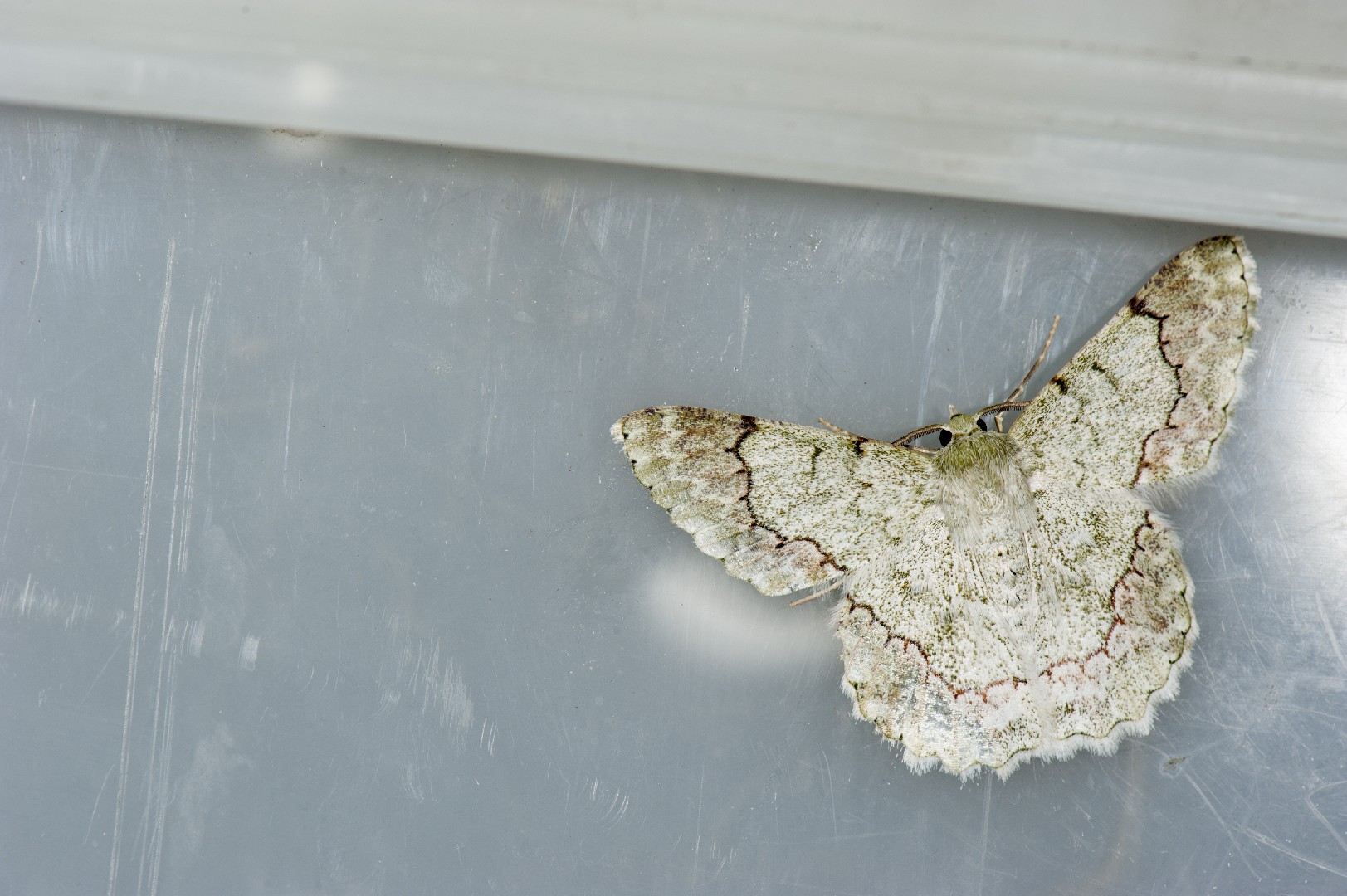
9. Pingasa ruginaria
Pingasa ruginaria is a species of moth of the family Geometridae first described by Achille Guenée in 1857. It is found in northern India, south-east Asia, the Ryukyu Islands and Sundaland. The larvae have been recorded on Rhus, Liquidambar, Cinnamomum, Litsea, Crotalaria, Nephelium, Trema and Sterculiaceae species. 
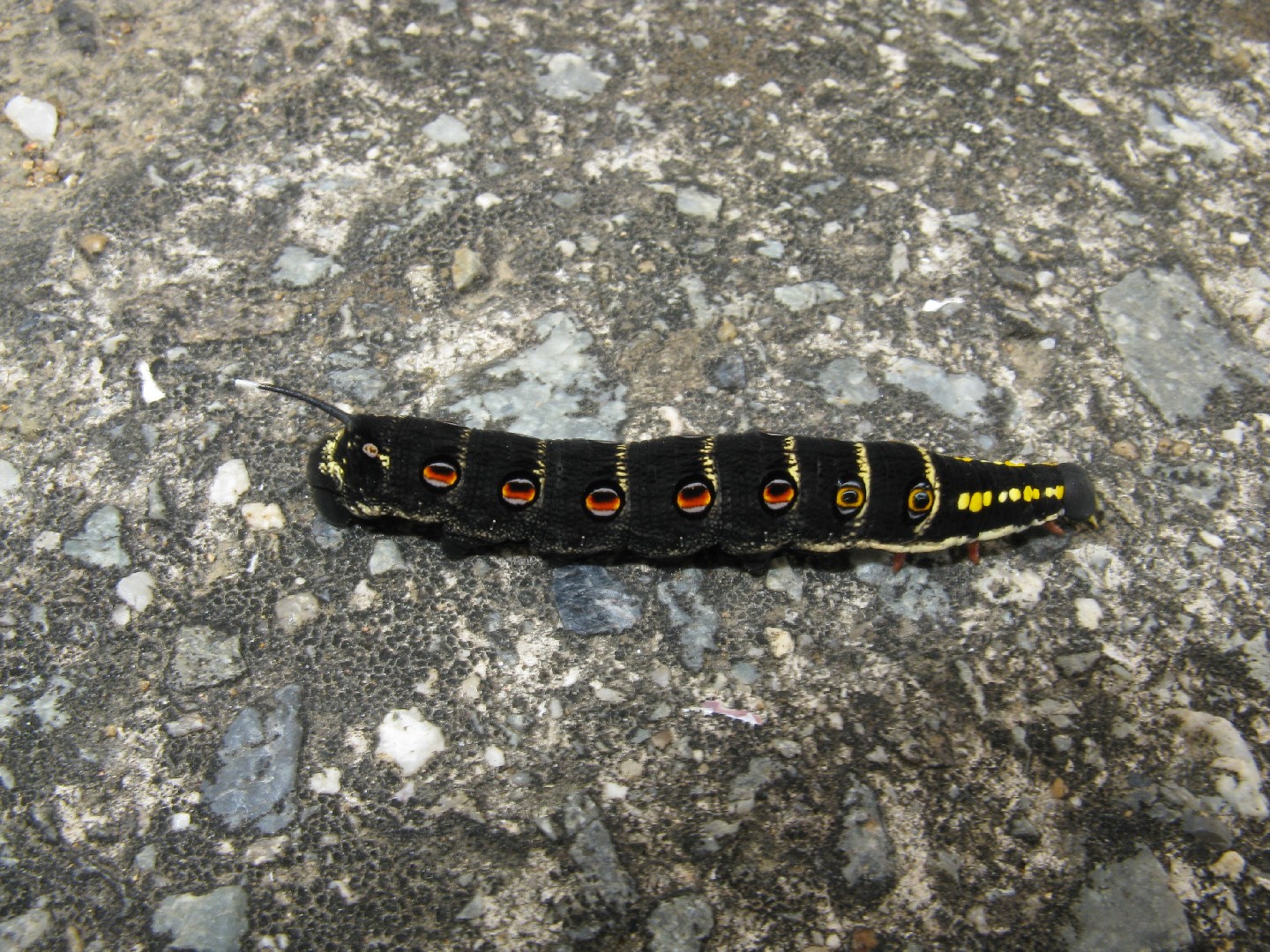
10. Impatiens hawk moth
The impatiens hawk moth can be considered a pest among commercial and residential gardeners. Both the moth and caterpillar feed on several flowering plants, including fuchsias and the Australian native violet. Adult females lay their eggs on the plant’s foliage, ensuring the hatching larvae have a ready food source.
More
